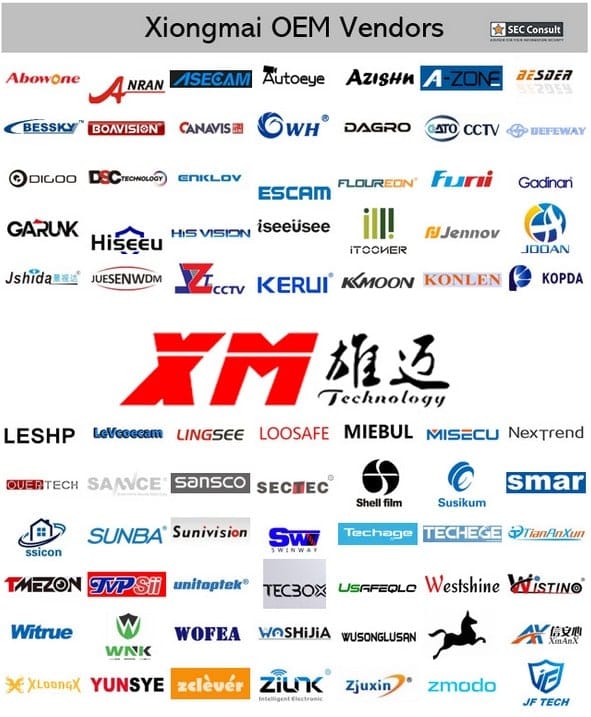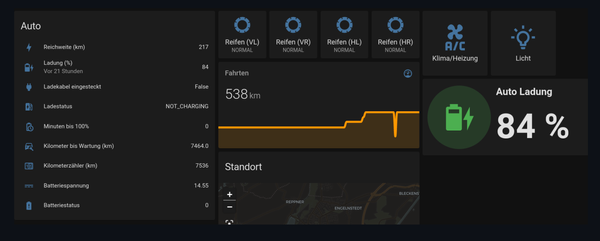How Pharmaceutical Manufacturing Automation Cuts Production Time by 60%
Table of Content
Smart manufacturing is rapidly reshaping pharmaceutical production and has become a cornerstone of Industry 4.0. The global biotechnology market is now valued at $1.3 trillion and continues to grow, driven by the demand for personalized treatments and the challenges of an aging population.
Modern pharmaceutical manufacturing automation goes far beyond traditional systems. It enables self-optimizing processes that operate with minimal human input. By embracing Pharma 4.0, companies can create more flexible, adaptive, and environmentally sustainable manufacturing systems.
This article explores how automation in pharmaceutical manufacturing can reduce production time by up to 60 percent. We will examine the key technologies behind this shift and highlight real-world applications that demonstrate their value.
Understanding Automation in Pharmaceutical Manufacturing
Process automation in pharmaceutical manufacturing uses technologies that handle various tasks with minimal human input. This technology has changed traditional production methods completely. It creates simplified processes that boost efficiency while maintaining strict quality standards.
Defining process automation in pharmaceutical manufacturing
Pharmaceutical automation includes technologies that execute both routine and complex manufacturing tasks precisely. Computer-controlled systems achieve better accuracy, almost zero errors, and much faster completion of work. These systems include:
- Robotic Process Automation (RPA) for ingredient measurement and mixing with exact precision
- Programmable Logic Controllers (PLCs) for equipment control
- Supervisory Control and Data Acquisition (SCADA) systems for immediate monitoring
- Automated material handling systems and inspection technologies
These technologies make sure each production step follows strict specifications and maintains medication safety and efficacy. Automation also gives complete data management capabilities. This helps pharmaceutical manufacturers keep detailed records and improve regulatory compliance.
How automation differs from traditional batch processing
The biggest change in pharmaceutical manufacturing comes from the move from traditional batch processing to continuous manufacturing. Batch production runs manufacturing stages independently with breaks between steps for storing intermediate products. Continuous manufacturing combines these operations into a smooth, uninterrupted process.
This basic difference creates several clear advantages:
- Continuous manufacturing reduces product variations by 50%, quality control time by 50-70%, and power consumption by about 40%. Studies show continuous production methods are as reliable as batch processes while saving time and money.
- Quality issues highlight another advantage of continuous systems. Problems only affect limited product quantities in continuous manufacturing. Batch manufacturing might need entire batches discarded. This targeted approach wastes less and improves cost efficiency.
- Batch manufacturing works well for small production runs. Continuous processes excel with high volumes. Oral solid dosage forms show this change to continuous processing clearly. Researchers now use continuous powder blending to improve production. Pharmaceutical companies can increase output without compromising quality standards.
- Automation changes pharmaceutical manufacturing from a segmented, labor-intensive process into an integrated, efficient system. It maintains—and often improves—product quality while reducing costs and speeding up production timelines.
4 Key Ways Automation Cuts Production Time by 60%
Pharmaceutical process automation has introduced major time-saving improvements that can reduce production time by up to 60 percent. These gains come from four core areas of innovation:
- Live monitoring and anomaly detection with IoT sensors: IoT sensors embedded in manufacturing equipment track variables like pressure, temperature, vibration, and speed. They detect deviations in real time, trigger automatic alerts, and support continuous quality checks during production. For example, tablet presses equipped with IoT sensors can monitor compression pressure and allow operators to make immediate adjustments, reducing the risk of defects or contamination.
- Automated material handling and reduced manual intervention: Automated conveyor systems, robotic arms, and guided vehicles streamline the flow of materials across production lines. This reduces downtime, lowers labor costs, and minimizes errors by removing the need for repetitive manual tasks.
- Continuous manufacturing vs batch processing: Unlike traditional batch processing, which separates each stage of production, continuous manufacturing combines operations into a single, uninterrupted flow. It allows companies to operate 24/7, significantly reducing production times from months to days while improving overall output and quality.
- Predictive maintenance to avoid unplanned downtime: Predictive maintenance uses sensors and data analysis to monitor equipment performance and identify potential failures before they occur. By detecting signs of wear or malfunction early, manufacturers can prevent unexpected breakdowns and keep machines operating at peak efficiency.
Real-World Example: MES Solutions in Biologics Production
Manufacturing Execution Systems (MES) have revolutionized biologics production by digitizing operations and eliminating paper-based processes.
The real-life implementations show how automation affects production timelines directly in pharmaceutical manufacturing.
Before and after automation: production time metrics
The results from MES implementation in biologics production facilities show dramatic gains in efficiency.
Astrea Pharma achieved a remarkable 59% increase in Overall Equipment Effectiveness (OEE) on their first production line after they implemented an MES solution. Pharmaceutical manufacturers who use MES platforms report shorter lead times, lower production costs, and better throughput.
Traditional batch manufacturing used to take months. Now these same processes take just days with automation. The manufacturers have documented major improvements in several key metrics:
- Production throughput increased by up to 60%
- Manufacturing lead times decreased by 40-50%
- Quality control time reduced by 50-70%
Vimachem pharma to improve production
Vimachem pharma MES shows how modern execution systems can significantly improve pharmaceutical production efficiency. The platform combines AI and Industrial Internet of Things (IIoT) capabilities tailored for life sciences operations. With a modular design, companies can adopt its components gradually, allowing a smooth and scalable transition toward digitalized manufacturing.
This system delivers a range of operational benefits, including optimized production cycles, reduced quality defects, and enhanced regulatory compliance. It also enables immediate monitoring of Overall Equipment Effectiveness (OEE) and machine utilization, helping manufacturers identify and address inefficiencies in real time.
Integration of digital twins for process simulation
Digital twins improve biologics production even further by creating virtual replicas of physical manufacturing processes. These simulations mix real-life data with digital modeling to understand current states and predict future outcomes.
Digital twins prove especially valuable in biologics production because they track living organisms that grow and change constantly. They offer advantages over traditional methods:
- Immediate monitoring of dynamic biological environments
- Better controlled cell growth conditions
- Process behavior prediction at different scales
Digital twins work with MES platforms to help manufacturers find the best operating conditions. This eliminates the inefficient trial-and-error approaches that biologics production traditionally used.
Challenges and Considerations in Automation Deployment
Pharmaceutical manufacturers face several key challenges when they automate their processes. Companies need to guide their way through regulatory requirements, integration hurdles, and security concerns despite the clear benefits of improved efficiency.
Data integrity and regulatory compliance
Data integrity serves as the life-blood of pharmaceutical operations. Regulatory authorities expect all submitted data to be reliable and accurate. FDA Form 483s cited data integrity concerns in half of all global drug cases between 2014-2018. Warning letters during this period showed these problems in 79% of cases.
The pharmaceutical industry follows the ALCOA+ framework. This framework requires data to be attributable, legible, contemporaneous, original, accurate, complete, consistent, enduring, and available. These rules apply throughout the data's entire lifecycle from creation to storage. Automation systems need detailed audit trails that track data access, changes, and modifications to meet these requirements.
System integration with legacy equipment
Legacy machinery creates one of the biggest problems in automation deployment. Old equipment often clashes with new technology. Many machines operate for up to 20 years, and this valuable equipment might not work well with modern systems.
Labs and production environments use equipment from different ages, manufacturers, and communication protocols. This variety makes systems hard to work together. Legacy equipment integration often becomes the missing piece needed for accurate electronic batch records that ensure data integrity.
Cybersecurity risks in connected environments
Cybersecurity has become crucial as pharmaceutical manufacturing connects more systems together. Today's manufacturing relies heavily on operational technologies (OT) built for reliability rather than security.
These systems must run non-stop for months or years in harsh conditions. This makes them easy targets for distributed denial-of-service attacks. The problem grows worse because most commercial manufacturing equipment doesn't meet cybersecurity standards out of the box. Pharmaceutical companies must think over their system design and configuration to reduce these risks and protect sensitive data.
Conclusion
Pharmaceutical manufacturing is entering a new era where automation is not just an advantage but a necessity. From real-time monitoring to predictive maintenance and continuous manufacturing, these technologies are proving their value across the industry. Companies that embrace automation are seeing measurable gains, including faster production cycles, improved product quality, and greater operational efficiency.
Solutions like MES platforms and digital twins are helping manufacturers make smarter decisions and respond to challenges more effectively. While automation does bring some hurdles, such as system integration and data security, the benefits far outweigh the risks when approached with careful planning.
As the demand for safer, faster, and more personalized treatments continues to rise, automation will remain at the center of pharmaceutical innovation. Those who adopt it now are positioning themselves for long-term success in a highly competitive and rapidly evolving landscape.










